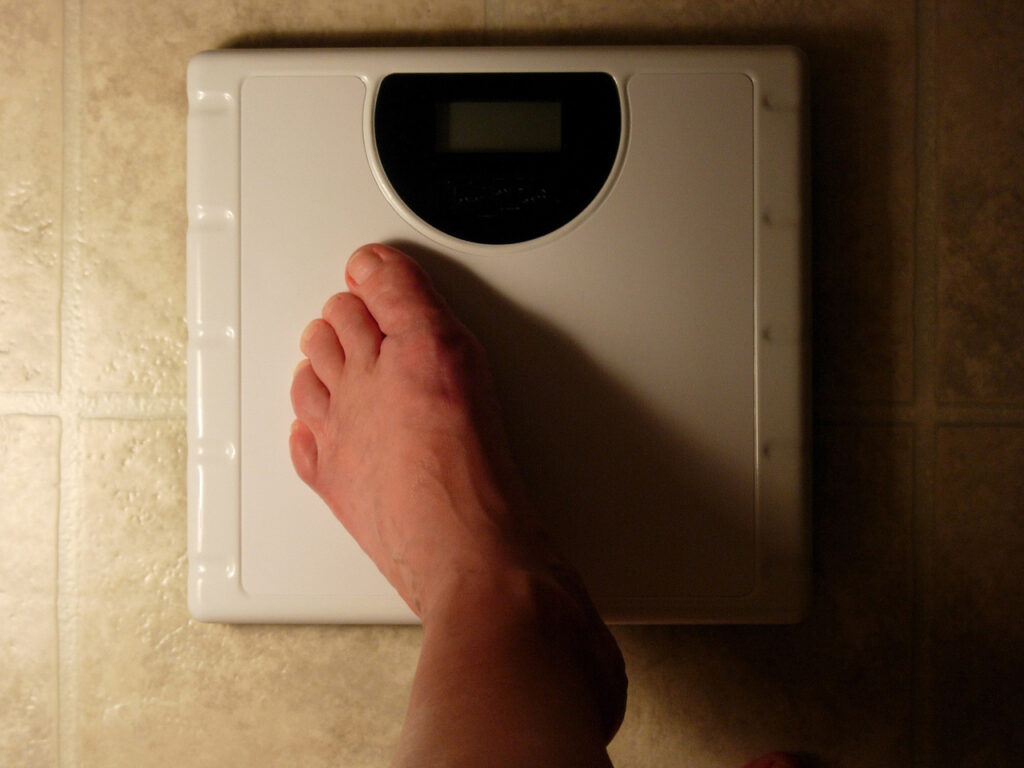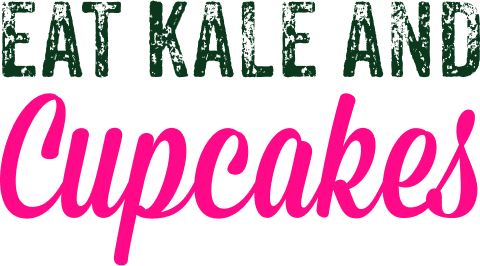Think You Know What an Eating Disorder Looks Like? Think Again

Image via Tara Bartal/freeimages.com
by Laura Cipullo and The Whole Nutrition Services Team
In 2009, Nicole Johns wrote Purge: Rehab Diaries, a memoir which chronicled her experience with EDNOS, also known as Eating Disorder Not Otherwise Specified. At the time she was ill, she “appeared healthy” (size 9, 137 lbs), but was in as much need of treatment as everyone else she was in recovery with.
Eating disorders can affect anyone
The surprising truth about eating disorders is that there are many different forms and they can affect anyone–“healthy”-sized women, very thin women, even “overweight” women. Women of color are at just as much risk as Caucasians.
Eating disorders can also affect the very young. Anorexia can start in kids as young as 7.
And men are just as susceptible to eating disorders as well. “Bigorexia,” a dangerous preoccupation with muscle size, is an eating disorder that affects guys, and it involves obsessively working out, and overdoing the supplements and protein shakes.
Amy McCarthy wrote an interesting article on Bustle about what it’s like to be “overweight” with an eating disorder. Her experience shows how challenging treatment is for someone who doesn’t fit the conventional profile of a patient with an eating disorder.
“When I visited the campus health clinic for flu shots or birth control, the doctor always gushed about my weight loss. She never asked me how I was losing weight, if I was exercising, or getting enough vitamins. She never asked if I was taking pills that basically amounted to legal speed. “
Her story also points to an important study about doctors overlooking anorexia in overweight teens.
Another eating disorder is orthorexia. Though not formerly recognized by the DSM-5, orthorexia is when your obsession with clean eating takes over your life and even the slightest threat of white sugar in food sends you into a tailspin. Think of the person who only juices, or says she is intolerant to almost every food – gluten, eggs, dairy, soy, nuts and seeds. If you know such a person or if this is you, keep reading.
What do eating disorders look like?
A myth about eating disorders is that they are always about deprivation. Sometimes, they are about eating an uncontrollable quantity. In The Women’s Health Body Clock Diet, I write about binge-eating disorder (BED). People with this disorder eat a large quantity of food in a short period of time while feeling out of control and then feeling immense guilt for doing so. The act of eating can be numbing, comforting and sometimes protective. This is not your typical overeating, but a legitimate disorder that requires treatment. It affects one out of every 35 adults in the US, and I suspect the real number may even be higher.
The point is there are many forms of eating disorders. Some like anorexia, bulimia and BED have received recognition in the DSM-5, but others such as orthorexia or “malnutrition in an overweight person” may be overlooked by friends, families and even the doctor.
Remember, eating disorders don’t care what you look like. Men, women, teens, tweens and kids. Straight and gay. People with diabetes, especially Type 1, and men and women in the transgender community can all struggle with internal distress that manifests into a food and body disease. It’s overly complex, stemming from a genetic predisposition, and cultivated in a high-stress world where coping skills and feeling feelings were never taught.
How to treat an eating disorder
Read an article from my newsletter, called “When It’s No Longer a Diet,” or take the test on Renfrew’s website to see if your relationship with food and your body is disordered, or if indeed you have an eating disorder. There is also a book by Jenni Schaefer called Almost Anorexic that may prove helpful to you.
Equally important to be aware of is that dietary restriction, and fast and fad weight loss diets, are known for triggering eating disorders. If you or a loved one is concerned with disordered eating, it is most imperative to enlist the help of a Certified Eating Disorder expert. This is not just any therapist or registered dietitian. The International Association of Eating Disorders Professionals is a not-for-profit organization that credentials MDs, RNs, RDs, LCSWs and more. I urge you to see one of these experts and go from there. Look for the CEDS or CEDRD initials after the professional’s name and look him or her up on the website of the International Association of Eating Disorders Professionals or email me. Here in New York, we have our very own chapter with the highest amount of Certified Eating Disorder experts. I know because I am President of the chapter and am also a CEDRD, which is officially recognized by the Academy of Nutrition and Dietetics.
Hopefully, I’ve given you a clearer picture of the many forms of eating disorders. If we can recognize them, we can get that much closer to treating them.







